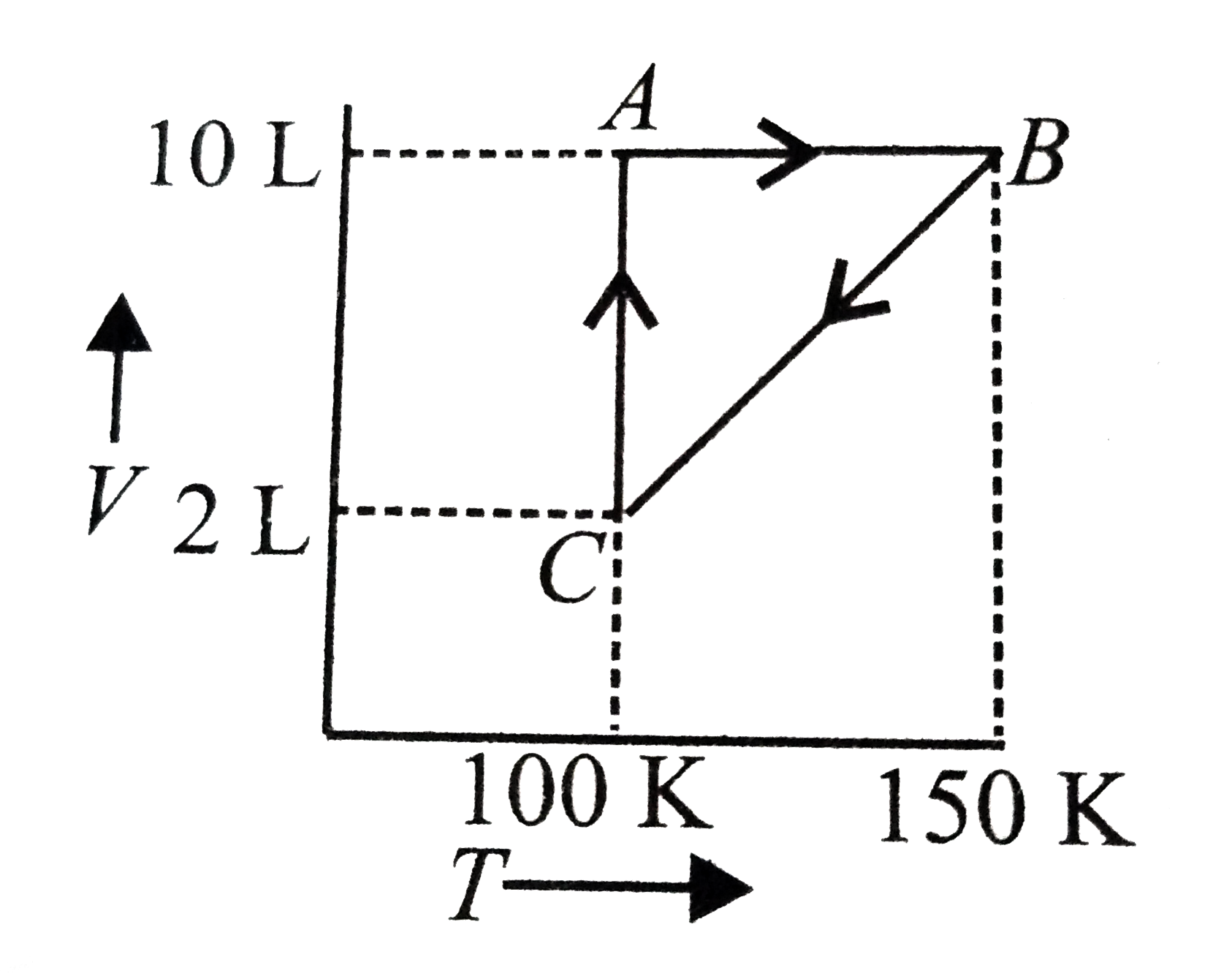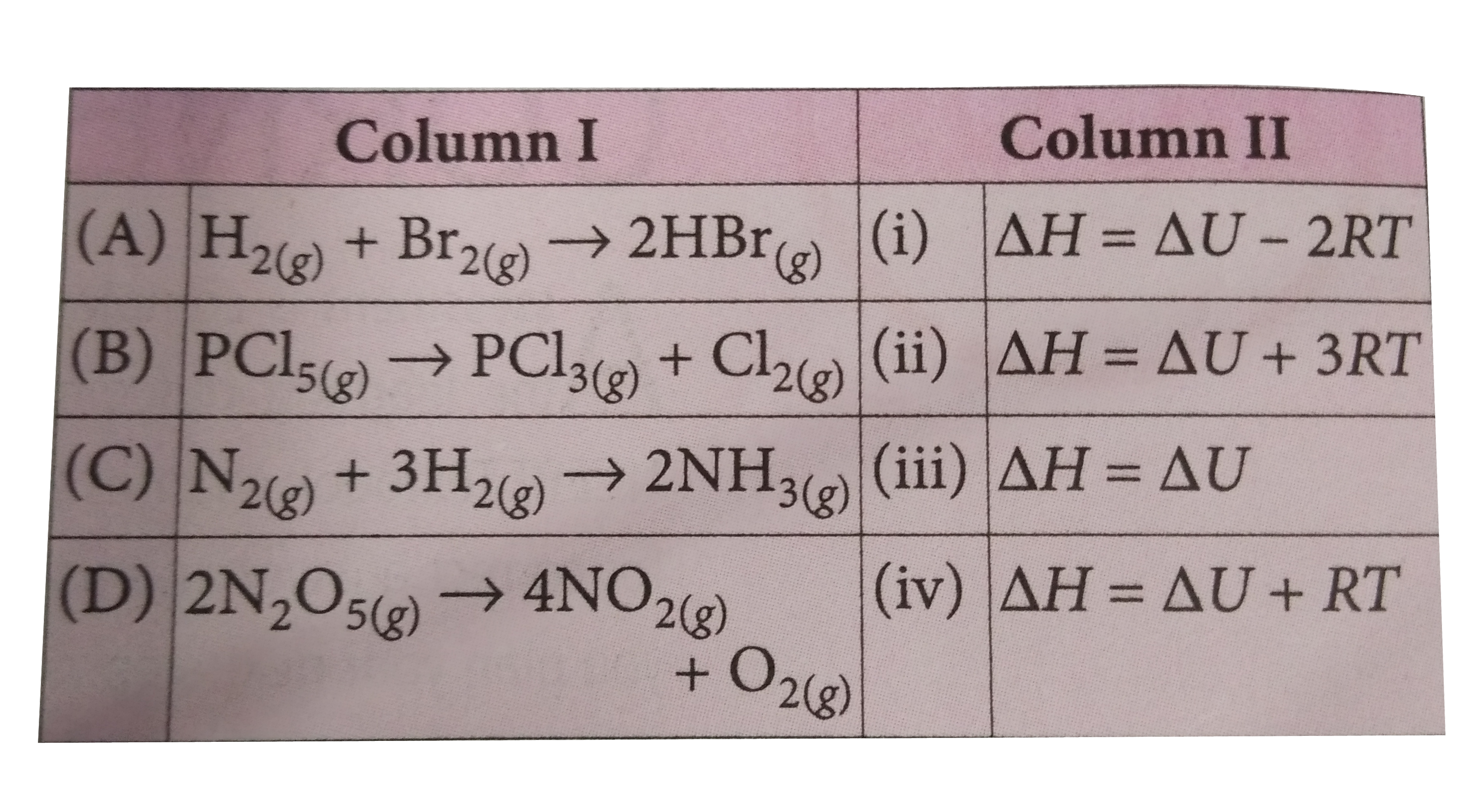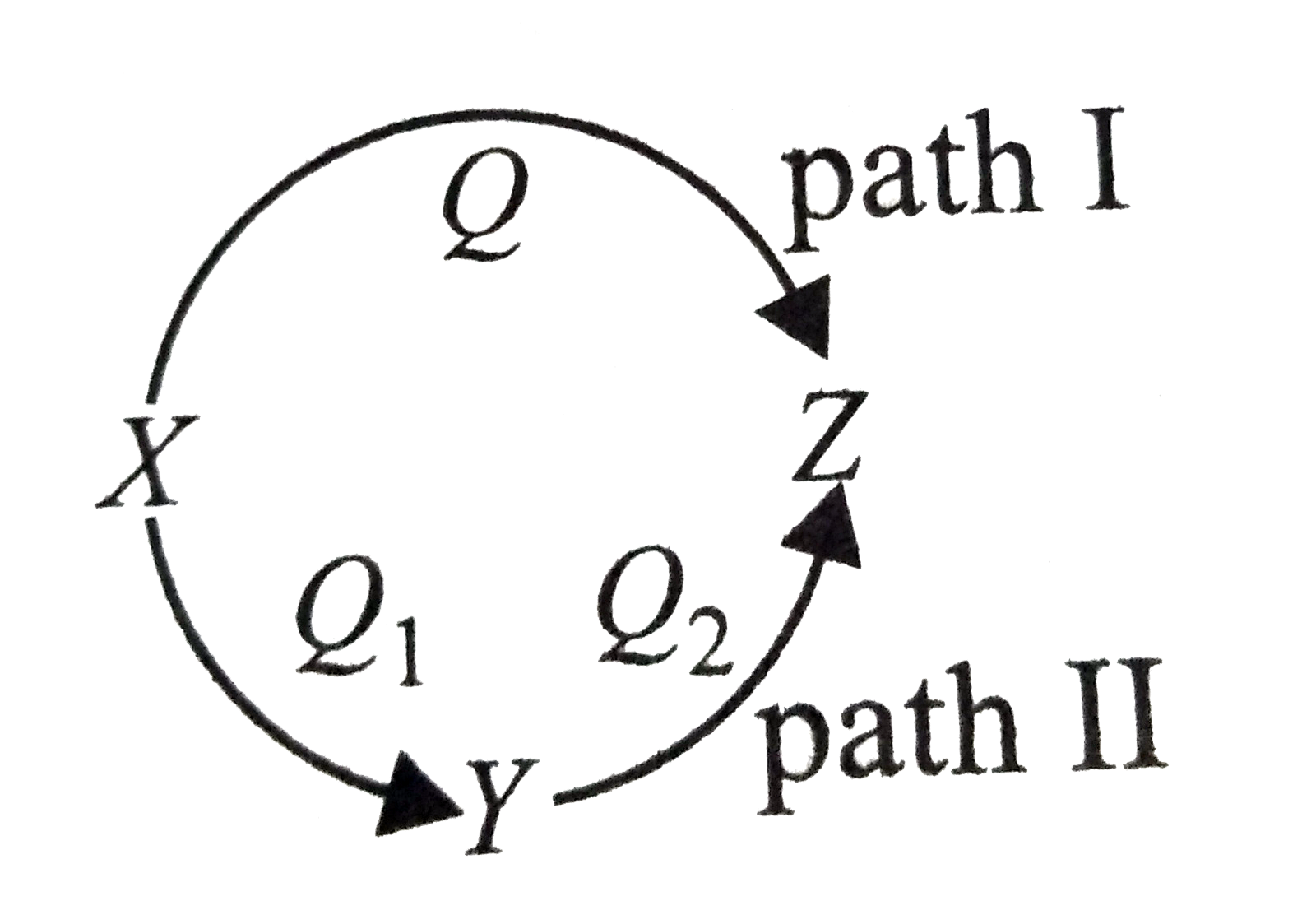Complete Solutions to Applications of chapter THERMODYNAMICS of Class 11 book with complete answers and questions
| Class 11 | CHEMISTRY |
| Chapter | THERMODYNAMICS |
| NCERT FINGERTIPS | Applications |
| Number Of Questions | 26 |
| Academic Year | 2023-24 |
The work done during the expanision of a gas from a volume of `4 dm^(3)` to `6 dm^(3)` against a constant external pressure of 3 atm is (1 L atm = 101.32 J)
View SolutionWhat will be the work done when one mole of a gas expands isothermally from 15 L to 50 L against a constant pressure of 1 atm at `25^(@)C`?
View SolutionWhat is the work done when 1 mole of a gas expands isothermally from 25 L to 250 L at a constant pressure of 1 atm and a temperature of 300 K ?
View SolutionIn thermodynamics, a process is called reversible when
View SolutionFor an isothermal reversible expansion process, the value of q can be calculated by the expressin
View SolutionIn an adiabatic expansion of an ideal gas -
View SolutionTwo litres of an ideal gas at a pressure of 10 atm expands isothermally at `25^(@)C` into a vacuum until its total volume is 10 litres. How much heat is absorbed and how much work is done in the expansion ?
View SolutionIf the heat change at constant volume for decomposition of silver oxide is 80.25 kJ, what will be the heat change at constant pressure ?
View SolutionThe enthalpy change of a reaction does not depend upon
View SolutionConsider the given diagram for 1 mole of a gas X and answer the following question.

The process `A rarr B` represents
View SolutionWhich of the following relationships is not correct for the relation between `DeltaH and DeltaU`?
View SolutionTwo reactions are given below :
(i) `CO_((g))+(1)/(2)O_(2(g))rarrCO_(2(g))`
(ii) `Ag_(2)O_((s)) rarr 2Ag_((s))+(1)/(2)O_(2(g))`
Which of the following statements is true ?
View SolutionConsider the following reaction :
`CO_((g))+(1)/(2)O_(2(g)) rarr CO_(2(g))`
How are `Delta U` and `DeltaH` related for the reaction ?
View SolutionMatch the column I with column II and mark the appropriate choice.

View SolutionFor combustion of 1 mole of benzene at `25^(@)C`, the heat of reaction at constant pressure is `-780.9" kcal."`
What will be the heat of reaction at constant volume ?
`C_(6)H_(6(l))+7(1)/(2)O_(2(g))rarr 6CO_(2(g))+3H_(2)O_((l))`
View SolutionReaction of methanol with dioxygen was carried out and `DeltaU` was found to be `-726"kJ mol"^(-1)` at 298 K. The enthalpy change for the reaction will be
`CH_(3)OH_((l))+(3)/(2)O_(2(g)) rarr CO_(2(g))+2H_(2)O_((l)) , DeltaH=-726"kJ mol"^(-1)`
View SolutionAccording to the first law of thermodynamics, `DeltaU=q+w`. In special cases the statement can be expressed in different ways. Which of the following is not a correct expression ?
View SolutionA reaction proceeds through two paths I and II to convert `X rarr Z`.

What is the correct relationship between `Q. Q_(1) and Q_(2)` ?
View SolutionWhat will be the standard internal energy change for the reaction at 298 K ?
`OF_(2(g))+H_(2)O_((g))+2HF_((g)),DeltaH^(@)=-310kJ`
View SolutionThe value for `DeltaU` for the reversible isothermal evaporation of 90 g water at `100^(@)C` will be `(DeltaH_("evap")" of water "=40.8" kJ mol"^(-1), R=8.314"J K"^(-1)"mol"^(-1))`
View SolutionA system changes from state X to Y with a change in internal energy measuring to `"25 kJ mol"^(-1)`, by a reversible path and returns from Y to X by an irreversible path. What will be the net change in internal energy?
View SolutionWhat will be the change in internal energy when 12 kJ of work is done on the system and 2 kJ of heat is given by the system?
View SolutionA system absorbs 50 kJ heat and does 20 kJ of work. What is the net change in the internal energy of the system ?
View Solution200 joules of heat was supplied to a system at constant volume. It resulted in the increase in temperature of the system from 298 to 323 K. What is the change in internal energy of the system ?
View SolutionIn thermodynamics, which one of the following properties is not an intensive property?
View SolutionThe molar heat capacity of water at constant pressure, `C_(p)` is `"75 J K"^(-1)"mol"^(-1)`. When 10 kJ of heat is supplied to 1 kg water which is free to expand, the increase in temperature of water is
View Solution
Applications questions and complete solutions for chapter THERMODYNAMICS of MTG CHEMISTRY (HINGLISH) of Class 11